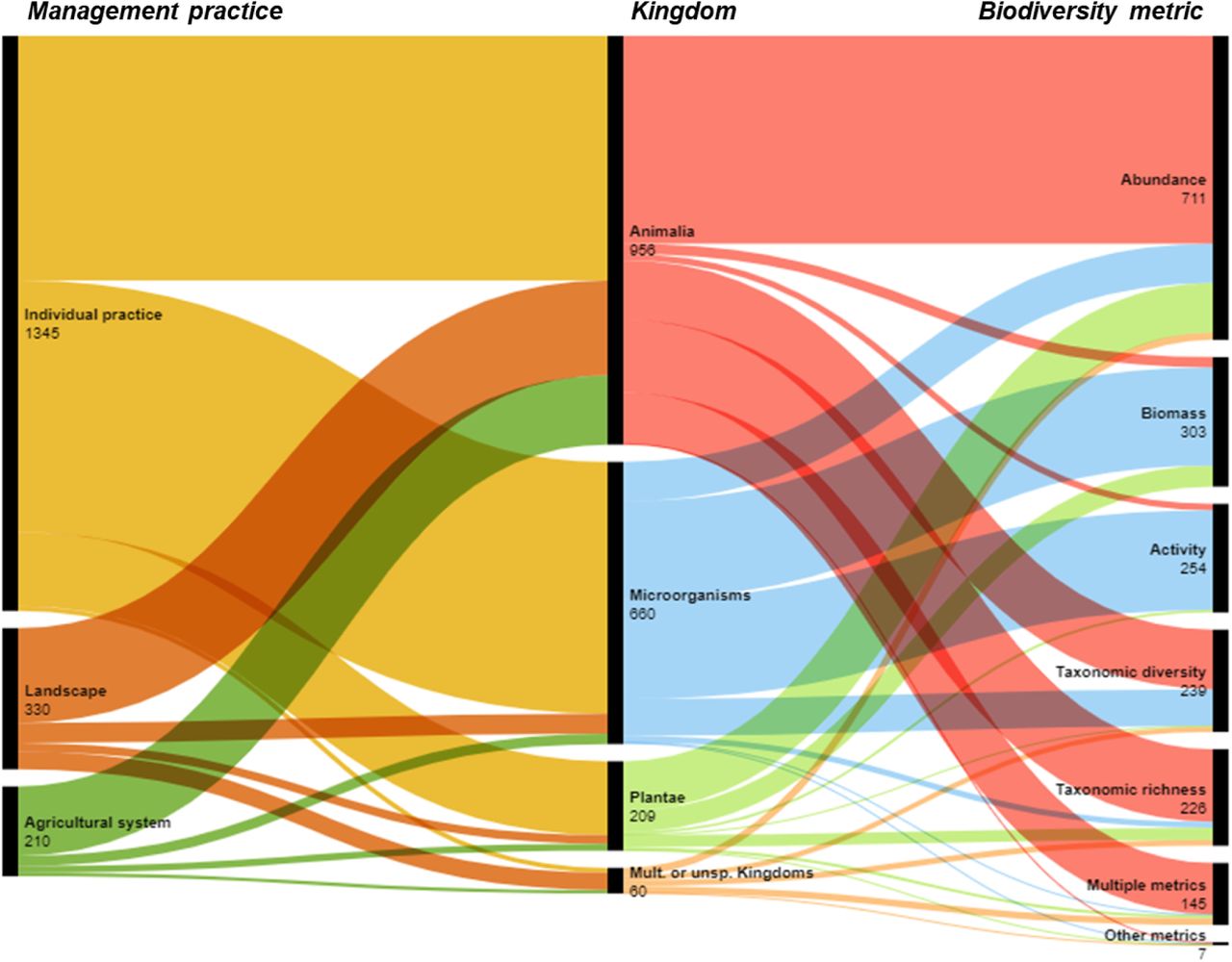
### Ice Cream, Polio, and Misleading Statistics: Recognizing the Challenges in Medical Research
In the 1940s, prior to the implementation of the polio vaccine, which provided relief to concerned parents, the illness posed a frightening risk, especially to young children. In an attempt to lower the public’s chances of contracting this debilitating disease, some health professionals recommended steering clear of ice cream. Why was that? A study had established a connection between ice cream consumption and polio outbreaks, igniting a bout of unfounded anxiety. Fortunately, this advice was proven to be completely unfounded. Although both ice cream use and polio incidents rose during the warm months, researchers incorrectly concluded that the former somehow led to the latter.
This scenario illustrates a classic example of **conflating correlation with causation**—a statistical trap that persists in the current scientific research landscape. This mistake is not limited to the past: numerous contemporary studies—especially those focused on chronic diseases—may exhibit similar flaws. Dr. John Ioannidis famously stated in 2005 that “most published research findings are false,” underscoring that statistical issues are often the source of misleading scientific conclusions.
The improper use of statistics can result in deceptive conclusions that linger even in reputable research journals and news articles. However, you don’t require a Ph.D. in statistics to identify these mistakes—just a grounding in critical thinking. Let’s examine **six prevalent ways** statistics are misapplied and how to recognize them.
### 1. Correlation ≠ Causation
The mistake that led to ice cream being shunned due to fears of polio outbreaks in the 1940s remains common today. **Correlation does not signify causation**. Just because two events coincide does not mean one causes the other.
For instance, there exists a noted correlation between Nicolas Cage films and the number of drowning deaths. Does this mean that films featuring Nicolas Cage somehow induce people to drown? Certainly not! These instances are referred to as **spurious correlations**, where two variables coincidentally align due to random chance.
📊 **Lesson**: Before concluding causality, always consider the possibility of a **third factor** or “hidden variable” at play.
### 2. Data Dredging
**Data dredging**, sometimes called “p-hacking,” happens when researchers comb through extensive datasets in search of correlations without having a specific hypothesis upfront. Imagine a researcher posits that viewing Nicolas Cage films heightens the urge to drown. They might assemble two groups (those who watch Nicolas Cage movies and those who don’t) and meticulously analyze the average ‘desire to drown’ for each. If the two averages are considerably different—for instance, one group’s desire-to-drown score is 12 while the other’s is 10—the researcher declares a “statistically significant” connection.
But hold on—statistically significant doesn’t equate to correctness. Conduct an adequate number of comparisons, and you’re bound to uncover random outcomes that appear significant.
The problem arises when numerous statistical tests are repeatedly applied to a single dataset without transparency. The more tests conducted, the greater the likelihood of uncovering something that seems significant solely due to **random fluctuation**.
📊 **Lesson**: Be skeptical of studies that perform many statistical tests without complete transparency. You might just be witnessing a statistical “fluke.”
### 3. Small Sample Sizes
Another frequent issue is the use of small sample sizes. The smaller the population under investigation, the greater the likelihood that results could be attributed to chance. Let’s revisit flipping a coin. If you flip a coin twice and land on tails both times, it doesn’t indicate the coin is biased. However, if you flip it 100 times and get 90 tails, that merits further examination.
Reliability enhances with sample size. Still, numerous studies, particularly in psychology, frequently rely on limited sample sizes due to time and funding constraints. Unfortunately, some research erroneously extrapolates these findings to the general population, which can result in flawed conclusions.
Small sample sizes are especially concerning when making sweeping claims about causation or public health.
📊 **Lesson**: Always verify the sample size in a study. The larger the sample, the more dependable the findings.
### 4. Small P-Values Don’t Indicate Validity
Many researchers depend on a statistical approach called p-value testing, where a p-value under 0.05 is deemed **statistically significant**, but this does not assure that the result is substantively relevant. Here’s where it gets perplexing: while the p-value may indicate the likelihood of the result being random is low, it does not inform us how **meaningful** the result is. Numerous researchers and media outlets mistakenly take a statistically significant p-value as proof that the researcher’s hypothesis must be valid.
This